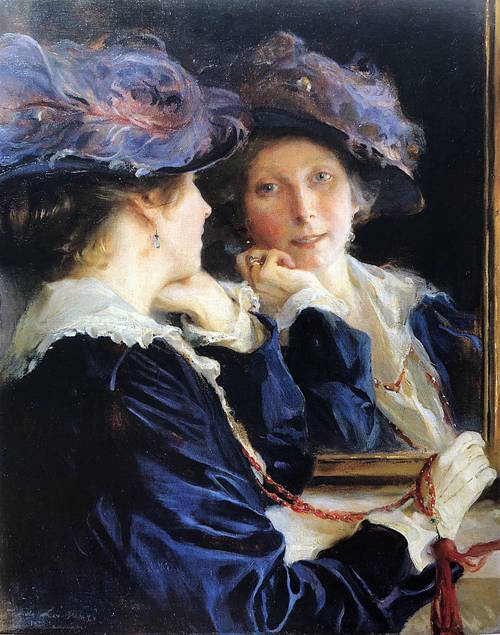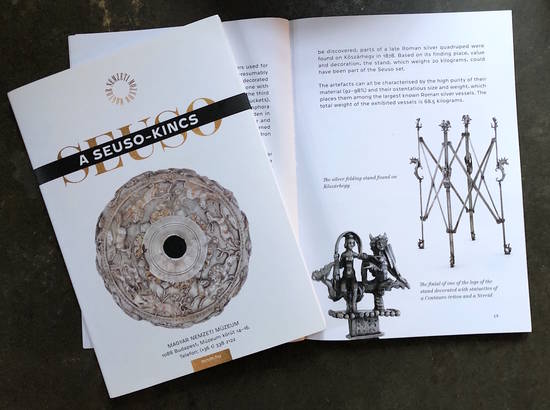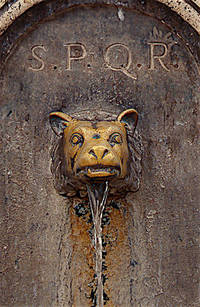European railway operators revised their timetables on 15 December 2019 for the coming year. Mark Dudgeon, the Blue Guides rail correspondent, highlights some of the main changes to international services:
Night services
The nadir for overnight train services in Europe came three years ago when SNCF, the French national operator, reduced its overnight services to a bare minimum and Deutsche Bahn, the German national rail operator, withdrew all of its sleeper services, citing decreasing passenger numbers and increasing losses. Such decisions now seem to have been misguided. Austrian Federal Railways (OeBB) took over several of DB’s services and has made a success of it under the Nightjet brand. OeBB announced in October 2019 that bookings on both its regular seated and sleeper night trains were up 11 per cent year-on-year, and it plans to introduce a fleet of new trains in 2022 with en-suite sleeping compartments, and sleeping pods replacing the traditional couchettes.
Other rail operators, noting the growth in international rail travel, and the increasing awareness of the need for more sustainable travel modes, are looking at investing in night train services. Swiss Federal Railways has indicated that it is seeking to expand capacity on the night services between Switzerland and Germany and from Zurich to Prague. In Sweden, the government has invested in a feasibility study for the introduction of international night trains between Stockholm and several European cities, whilst in Scotland, the government is looking into starting an overnight train service from Glasgow and Edinburgh through Inverness and along the Far North line to Thurso, where it would connect with the ferry to Orkney.
In the immediate future, the new timetable sees the reintroduction of a night train service between Vienna and Brussels. On Wednesdays and Sundays from 19 January 2020, the existing Vienna/Innsbruck – Cologne – Dusseldorf will instead operate its final section between Cologne and Brussels. Departure from Vienna will be at 20:38, with arrival in Brussels Midi station at 10:55 the following morning. In the reverse direction, trains will depart Brussels at 18:04 on Mondays and Thursdays, with arrival in Vienna at 08:27 on Tuesdays and Fridays. It will be possible to travel between London and Vienna with only one change of train: connecting Eurostar services – with a cushion of about two hours in Brussels in each direction – will arrive at London St Pancras at 14:05 and depart from London for Brussels at 12:58.
Further expansion of this service will come in December 2020, when it is planned to increase the frequency of the Vienna – Brussels night train to daily operation, with a portion of this train going forward to Amsterdam, thus reintroducing night trains to the Netherlands after a gap of several years.
Western Europe
OeBB continues to expand coverage of its Railjet services. A new service will connect Vienna and Bolzano in the Italian province of Alto Adige/South Tyrol. It has been many years since the two cities were connected by direct trains, and then only by a seasonal service.
From June 2020, there will be an additional Railjet service from Berlin via Prague to Vienna and Graz. This will complement the existing Berlin – Nuremberg – Vienna ICE service.
TGV Lyria trains operating between Paris and Switzerland will see a boost in capacity by more than 25% by using exclusively double-deck trains. Furthermore, the introduction of ICE-4 trainsets to replace the existing ICE-1 sets will represent a 20% increase in capacity on services between Switzerland, Frankfurt and Berlin. SBB Swiss Federal Railways has announced that Switzerland has seen a 10% increase in international passenger traffic year-on-year for the first nine months of 2019.
The short but strategically important cross-border line between Geneva and Annemasse (in France) has opened. Services over the line are branded Léman Express and many trains will run onwards in France to Evian-les-Bains and Annecy.
In rather sad news for aficionados of train-ferry operations, one of the few remaining such services in Europe has ceased. In a highly-efficient arrangement, Hamburg to Copenhagen trains used to board the vehicle ferry between Puttgarden in Germany and Rødby in Denmark, the trains fitting very snugly onto the ferry’s vehicle deck alongside coaches and cars. They will now take the longer route northwards through Jutland, then turning eastwards across the Great Belt Fixed Link. However, the journey time will be slightly reduced.
Central and eastern Europe
• The Vienna – Budapest – Cluj Napoca (EC Transilvania) train will also convey through coaches to another Romanian city, Satu Mare. These coaches will be detached from the Transilvania at Püspökladány in Hungary.
• EC Báthory which previously connected Budapest and Warsaw is extended to Terespol on the border between Poland and Belarus. At Bohumin in the Czech Republic, a sleeping car to the Belarusian capital, Minsk, will be attached.
• The niche private operator Leo Express, which operates trains between Prague, Ostrava, Kosice and Krakow will introduce a train from Prague to the Polish city of Wroclaw on three days a week. Leo Express trains consist of three classes: economy, business and the excellent 6-seat premium zone. It’s a shame that its trains between the major tourist centres of Prague and Krakow operate only twice weekly and at rather unsocial hours: arrival at Krakow is at 22:50 and the return departure to Prague at – unfortunately – 04:29.
MAV Hungarian railways have recently reintroduced restaurant cars on its Eurocity services between Budapest and Vienna and Budapest and Romania; a welcome enhancement, but think comfort food rather than haute cuisine.
And finally …..
Subject to government approval, Eurostar will operate through services from Amsterdam to London from 31 March 2020. The London to Amsterdam service started in spring 2018, but the return services – bafflingly – ended at Brussels with passengers having to go through the normal check-in and security procedures before catching the next Eurostar to London. Departures from Amsterdam Centraal are provisionally planned for 07:47, 13:46 and 18:47 arriving at London St Pancras at 10:57, 16:57 and 21:57 – a journey time of just over 4 hours. It must be emphasised that the British and Dutch governments have to sign the relevant treaty before the service can go ahead.
| UPDATE Feb 2020: Government approvals having been obtained, direct Eurostar services from Amsterdam to London will start on 30th April 2020, with the infrastructure changes to allow for security and check-in at Amsterdam Centraal now in place. Initially there will be two direct trains per day (departing Amsterdam at 07:48 and 16:48) – which is likely to increase to four daily trains later in the year. A few tweaks are still required at Rotterdam Centraal station: the intermediate stop there will start from 18th May. |









